Expansion in Veterinary Applications
The Handheld X-ray Market is expanding into veterinary applications, reflecting a broader trend in the adoption of portable imaging technologies. Veterinarians are increasingly utilizing handheld X-ray devices for diagnosing conditions in animals, particularly in field settings where traditional imaging equipment may not be available. This expansion is supported by the growing pet ownership rates and the demand for advanced veterinary care. Market analysis indicates that the veterinary segment could account for a significant share of the handheld X-ray market, with an anticipated growth rate of around 5% as more veterinary practices invest in these portable solutions.
Rising Awareness of Radiation Safety
The Handheld X-ray Market is influenced by a growing awareness of radiation safety among healthcare professionals and patients. As concerns about radiation exposure become more pronounced, there is a shift towards using handheld X-ray devices that minimize radiation risks. Manufacturers are responding by developing devices with lower radiation doses while maintaining diagnostic quality. This trend is likely to drive market growth, as healthcare providers seek safer imaging alternatives. The market is expected to see a growth rate of approximately 6% as awareness of radiation safety continues to shape purchasing decisions.
Technological Advancements in Imaging
The Handheld X-ray Market is experiencing a surge in technological advancements that enhance imaging capabilities. Innovations such as digital detectors and improved image processing algorithms are making handheld X-ray devices more efficient and user-friendly. These advancements not only improve diagnostic accuracy but also reduce radiation exposure for patients. The integration of artificial intelligence in image analysis is also gaining traction, potentially streamlining workflows in clinical settings. As a result, the market is projected to grow at a compound annual growth rate of approximately 8% over the next five years, driven by these technological improvements.
Increased Demand in Emergency Services
The Handheld X-ray Market is witnessing a notable increase in demand from emergency services. The portability and ease of use of handheld X-ray devices make them invaluable in emergency situations, where rapid diagnosis is crucial. First responders and field medical teams are increasingly adopting these devices to assess injuries on-site, thereby expediting treatment. This trend is reflected in market data, which indicates a significant rise in sales of handheld X-ray units in emergency medical services, contributing to an overall market growth rate of around 7% annually.
Regulatory Support and Funding Initiatives
The Handheld X-ray Market benefits from favorable regulatory support and funding initiatives aimed at enhancing medical imaging technologies. Governments and health organizations are increasingly recognizing the importance of portable imaging solutions in improving healthcare delivery. Funding programs and grants are being allocated to research and development in this sector, facilitating innovation and market entry for new players. This supportive environment is likely to stimulate growth, with projections suggesting that the market could expand by 10% in the coming years, driven by increased investment in handheld X-ray technologies.


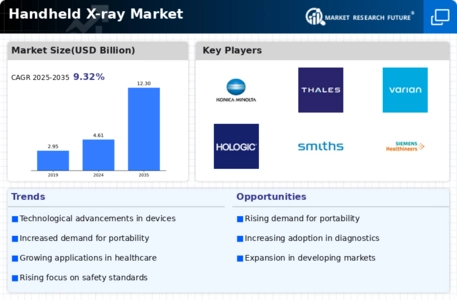
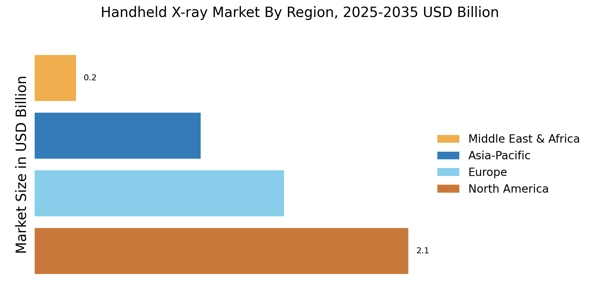
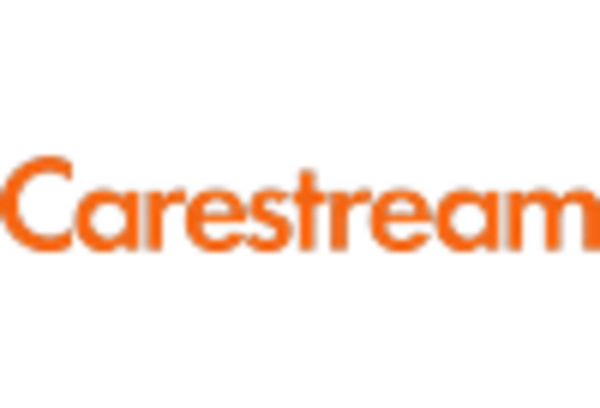

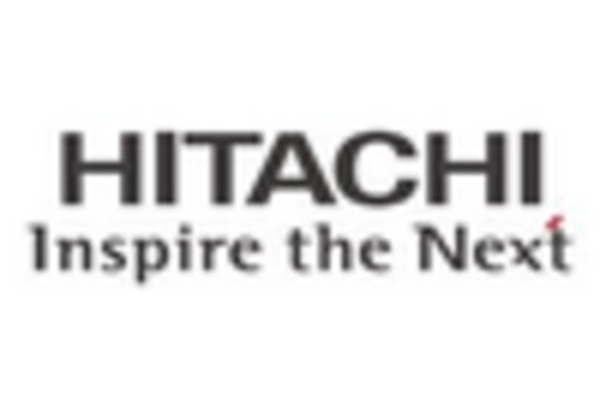


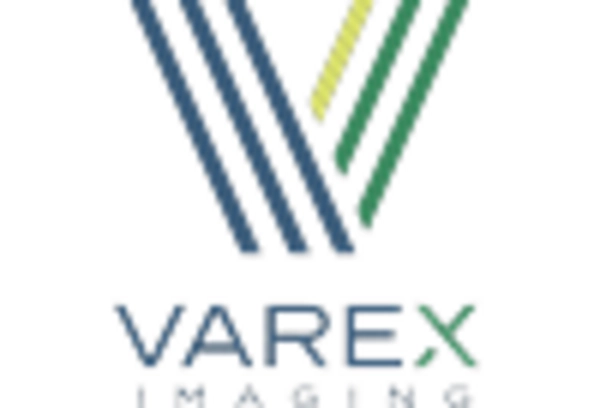








Leave a Comment